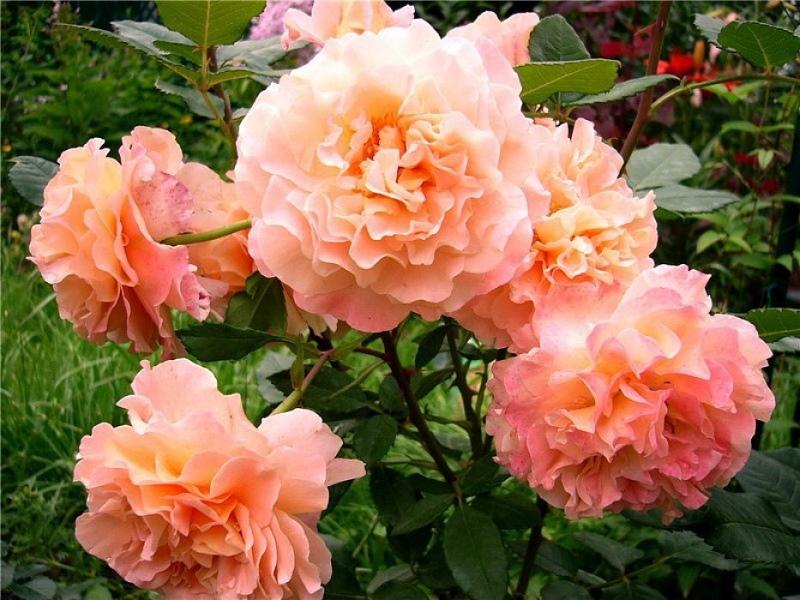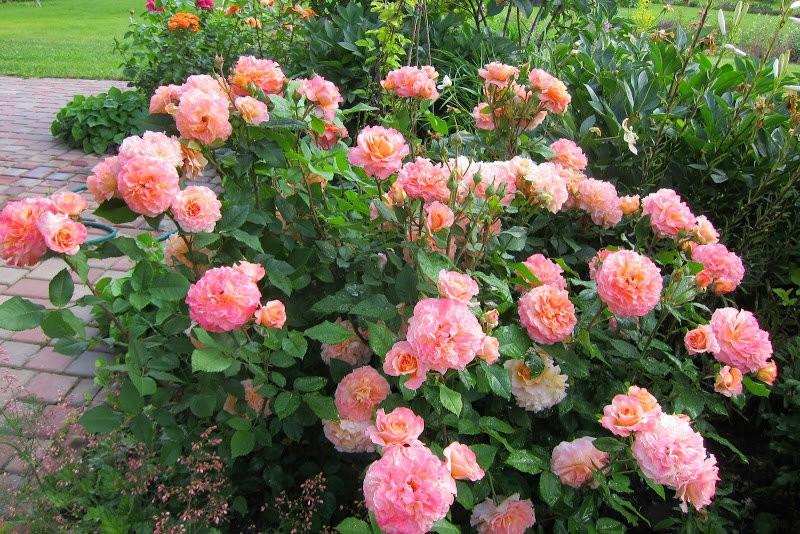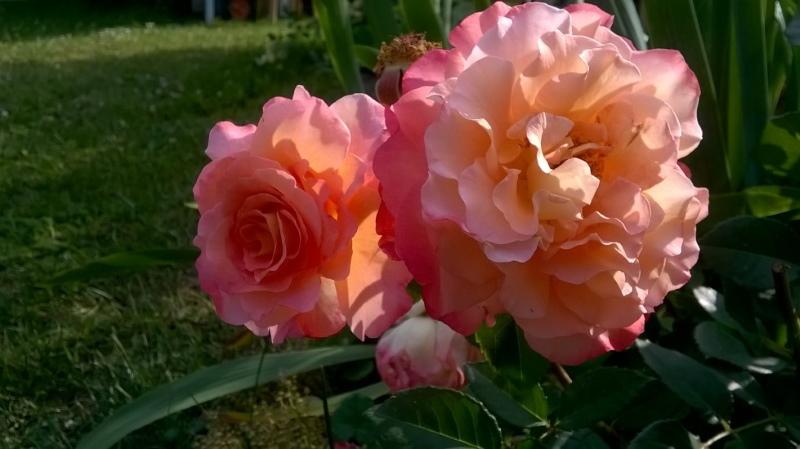German aristocrat with English roots - Augusta Louise rose, photo and description
 In 2010, at the international exhibition in New Zealand, this variety was recognized as the best among hybrid tea roses, and for many flower growers it is the standard of elegance. Compact lush bushes and double fragrant buds with wide-open petals of delicate color will not leave you indifferent. This is the Augusta Louise rose, a photo and description of which appeared at the beginning of the 20th century thanks to German breeders. Indeed, the variety is significantly different from others. Not only does the rose have three waves of flowering, and the last one lasts until the very frost. She also has just magical buds. Large, densely double, with wavy petals and a sweet fruity aroma. In addition, they have the ability to change color depending on growing conditions and even time of day.
In 2010, at the international exhibition in New Zealand, this variety was recognized as the best among hybrid tea roses, and for many flower growers it is the standard of elegance. Compact lush bushes and double fragrant buds with wide-open petals of delicate color will not leave you indifferent. This is the Augusta Louise rose, a photo and description of which appeared at the beginning of the 20th century thanks to German breeders. Indeed, the variety is significantly different from others. Not only does the rose have three waves of flowering, and the last one lasts until the very frost. She also has just magical buds. Large, densely double, with wavy petals and a sweet fruity aroma. In addition, they have the ability to change color depending on growing conditions and even time of day.
Rose of Augusta Louise - photo and description

The variety is truly unique, because it can be grown for cutting. The buds are large, almost 15 cm in diameter, stuffed, similar to English roses. Each flower consists of 4-5 dozen petals. They are collected in a chic bowl, and the terry tips of the petals create a charming lace and emphasize the originality of the rose. The main color of the flowers is peach-pink. But the shades change quickly: they brighten or darken, depending on many factors.
The bush is not afraid of rains, but after getting wet it loses a little decorative effect. Heavy buds sag under the weight of drops, bending the shoots in different directions. However, when they dry, they again direct their heads up, and the branches are aligned.
Rose of Augusta Louise is a re-flowering variety. The first flowering occurs in June, the second after about a month and these two waves are the most lush. The last time the bush blooms in early September. There are much fewer buds, but they last until frost.
Features of growing a German aristocrat
 The variety has good immunity to the main diseases of the crop and, in general, has good winter hardiness. However, there are some nuances that require attention:
The variety has good immunity to the main diseases of the crop and, in general, has good winter hardiness. However, there are some nuances that require attention:
- The rose will not hurt only if you plant it correctly. She prefers loamy, slightly acidic soil, always with good drainage. Stagnation of moisture is detrimental to the roots and then no immunity will save.
- It is better to plant in light partial shade - the petals fade in the sun. In deep shade, they become dull, and the flowering itself becomes scarce.
In the south, a rose can winter without hideouts, but in other regions it needs it.Before sheltering, the shoots must be shortened, but not too short. However, gardeners who grow this variety note that even after freezing, the rose quickly recovers.